Artesian water, strict biosecurity measures, automation at the forefront
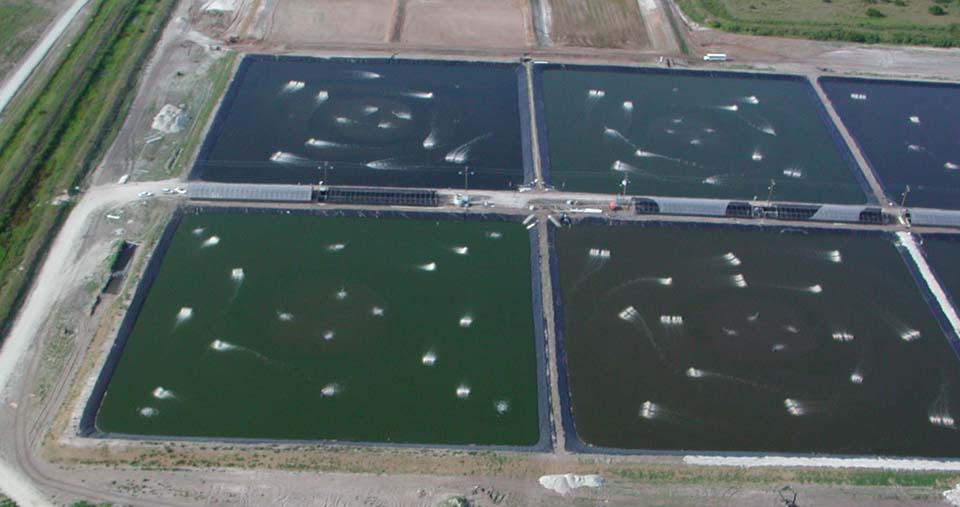
Inland, low-salinity shrimp farms are already operating and/or planned in several states in the U.S., and OceanBoy Farms (OBF) in Southern Central Florida has been a leader in establishing commercial protocols for this activity. During 2002, OBF could produce more shrimp in its first full production year than any other U.S. shrimp farm. Last year a commercial nursery was established and 12, 1-ha ponds were built at the R&D facility in Labelle, Florida. Significant advances have been made in development and implementation of management protocols for inland, freshwater production of Pacific white shrimp (Litopenaeus vannamei), including water quality, acclimation procedures, diets and other parameters.
Challenges
During the first year in production much was learned but also many challenges emerged, and we are actively working to answer them. Managing inland, freshwater systems for L. vannamei production is a new direction for the industry, and many questions remain to be addressed.
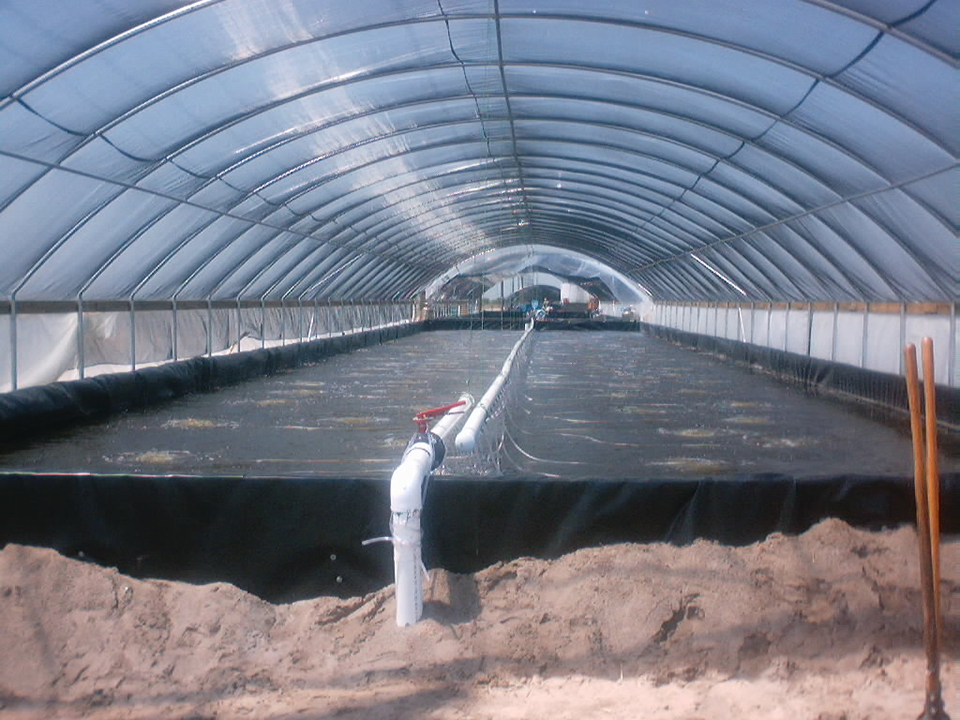
Limiting photoautotrophs
Foremost among these new challenges is the ability to limit photoautotrophic dominance of a culture pond throughout a culture cycle. As first reported by McIntosh in 1999 in this publication, Belize Aquaculture Ltd. promoted a shift to heterotrophic dominance during the later half of a culture cycle by balancing C:N ratios, and by increasing shrimp stocking densities and aeration. OBF protocols require a similar shift, but in addition, our production systems require massive diatom inoculations as well as micro management of pH and nitrites.
pH and nitrite
We have faced major pH changes in culture ponds, from 8.1 to well over 10 in as little as 48 hours and due to sudden phytoplankton blooms. Nitrite levels of 10 ppm are common and may not cause major problems in saltwater production systems, but concentrations as low as 2.5 ppm can cause black spots on shells, followed by severe shrimp mortality.
Current cycle
Forty million PL were stocked this past spring in the greenhouse nurseries. At the end of the nursery period these animals had over 87 percent mean survival and averaged around 0.3 grams, with animals in one raceway averaging 0.7 grams. They were transferred to outdoor, lined ponds at both farms and are well under way to a successful crop. Seventy million PL are currently being stocked for the fall crop.
Expansion
The production facility is currently undergoing a major expansion. Activities for 2002 include securing an additional 400 ha of land, and construction and operation of 54 ha of production ponds and 15 ha of treatment ponds at the new Little Cypress production farm south of Clewiston, Fla. We have built and are currently operating sixteen 1.6 ha ponds for the spring crop, and an additional sixteen such ponds will be in production for the fall crop.
In 2003 the new hatchery and an additional 200 ha of production ponds will be brought on line. The processing plant in Clewiston has been approved for a major expansion this fall, and plans are nearing completion for a feed mill, initially for production of nursery feeds.
We greatly value gray matter over straw bosses, and the recruiting of qualified personnel and allocating the time needed to train them on freshwater culture of marine shrimp and OBF protocols has been one of the bottlenecks we have had to address.
Biosecurity and environment
With biosecurity and environmental responsibility as stalwarts, OBF feels “you have to be a little green to make a little green.” OBF utilizes a closed system of aquaculture by revitalizing and reconditioning all culture waters, and by recycling all product waste and anything else not tied down. Last year we recycled four mobile homes and 5,000 automobile tires (as paddlewheel stands). Red mangroves (Rhizophora mangle) are being grown in the treatment ponds and OBF will donate several thousand plants to local schools for mitigation planting.
Conclusion
The OBF production protocol is based on the use of artesian water and implementation of strict biosecurity measures, automation, new technology, team management and support from a team of expert consultants. While most producers sell pond side or to processing plants, we process and sell direct to retail vendors and under a trademark name. We are working hard to push the envelope and develop what we believe will be a dominant shrimp production technology in the future.
(Editor’s Note: This article was originally published in the June 2002 print edition of the Global Aquaculture Advocate.)
Now that you've reached the end of the article ...
… please consider supporting GSA’s mission to advance responsible seafood practices through education, advocacy and third-party assurances. The Advocate aims to document the evolution of responsible seafood practices and share the expansive knowledge of our vast network of contributors.
By becoming a Global Seafood Alliance member, you’re ensuring that all of the pre-competitive work we do through member benefits, resources and events can continue. Individual membership costs just $50 a year.
Not a GSA member? Join us.
Authors
-
David Z. McMahon
Nova Southeastern University, Oceanographic Center
8000 North Ocean Drive
Dania, FL 33004 USA -
Bart Baca, Ph.D.
Nova Southeastern University, Oceanographic Center
8000 North Ocean Drive
Dania, FL 33004 USA -
John Reguzzoni
Nova Southeastern University, Oceanographic Center
8000 North Ocean Drive
Dania, FL 33004 USA -
Tzachi M. Samocha, Ph.D.
TX Agricultural Experiment Station
Shrimp Mariculture Research Facility
4301 Waldron Rd.
Corpus Christi, TX 78418 USA -
Michael Mogollon
OceanBoy Farms Inc.
2954 Airglades Boulevard
Clewiston, FL 33440 USA -
Erik DeMicco
OceanBoy Farms Inc.
2954 Airglades Boulevard
Clewiston, FL 33440 USA
Tagged With
Related Posts
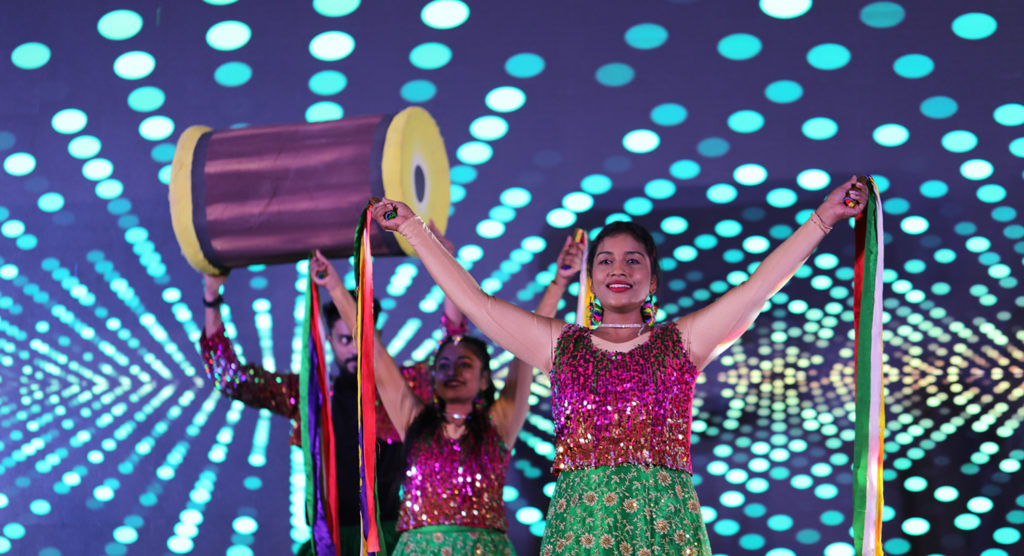
Intelligence
10 takeaways from GOAL 2019 in Chennai, India
The Global Aquaculture Alliance held its GOAL conference in Chennai, India, and recruited a host of experts in various fields to share their expertise.
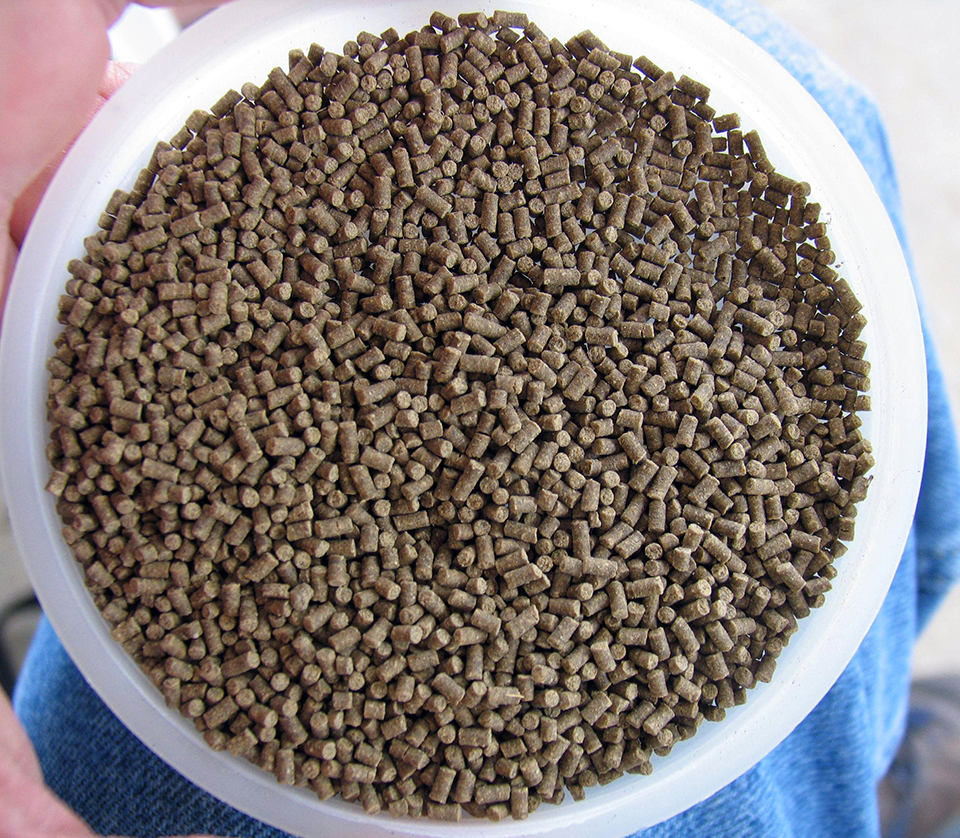
Health & Welfare
A case for better shrimp nutrition
Shrimp farm performance can often be below realistic production standards. Use proven nutrition, feeds and feeding techniques to improve profitability.
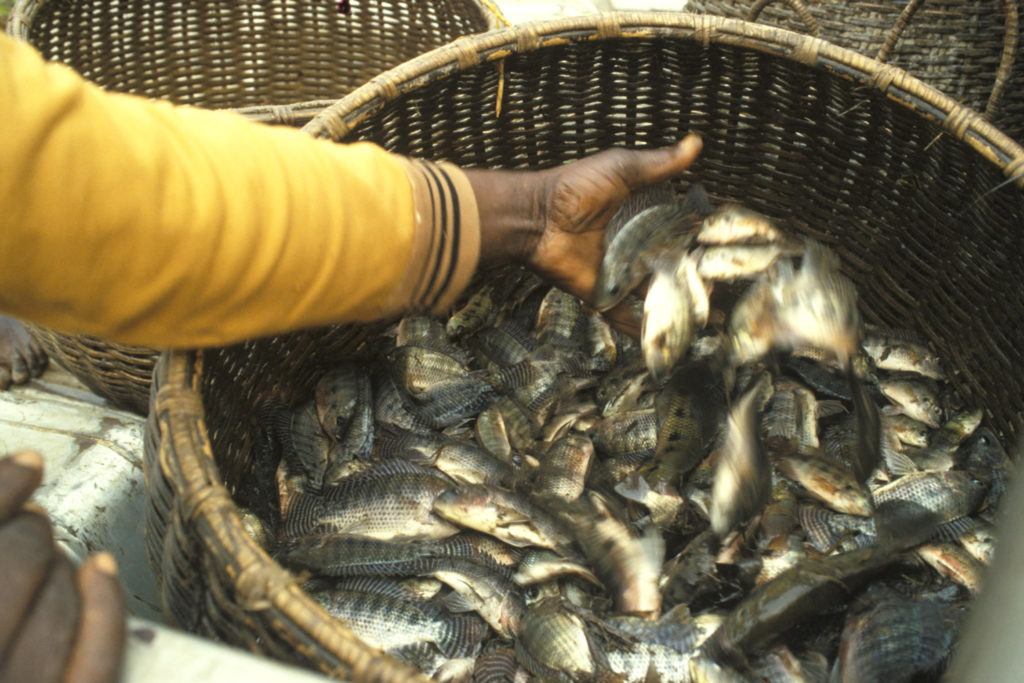
Responsibility
A helping hand to lend: UK aquaculture seeks to broaden its horizons
Aquaculture is an essential contributor to the world food security challenge, and every stakeholder has a role to play in the sector’s evolution, delegates were told at the recent Aquaculture’s Global Outlook: Embracing Internationality seminar in Edinburgh, Scotland.

Health & Welfare
A holistic management approach to EMS
Early Mortality Syndrome has devastated farmed shrimp in Asia and Latin America. With better understanding of the pathogen and the development and improvement of novel strategies, shrimp farmers are now able to better manage the disease.


